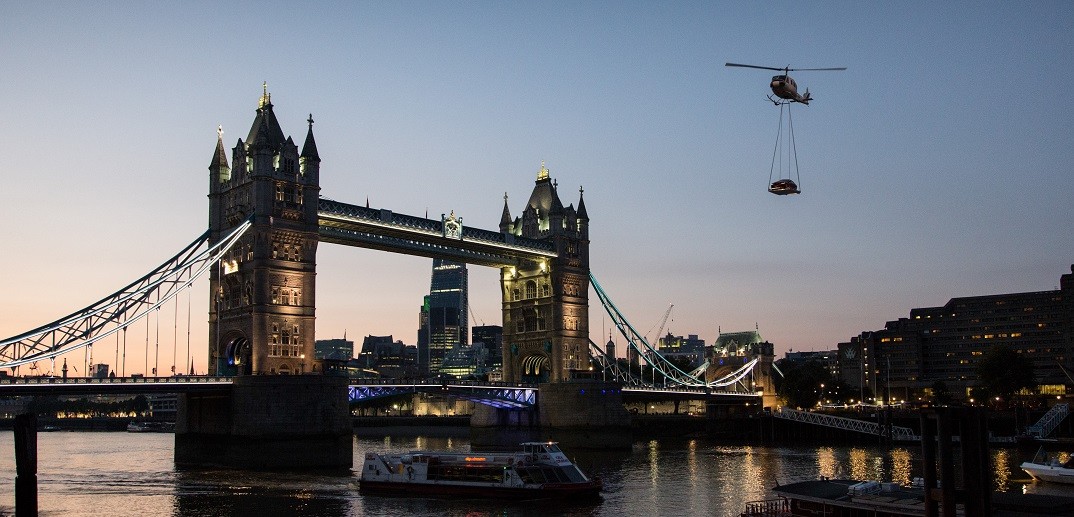Forget the Duke and Duchess of Cambridge – the other big birth coming out of the UK is the XE, the new baby Jag. After what seemed like an eternity in conception and an even longer delivery, Jaguar’s latest progeny are going to proud new owners in the UK starting this month.
Advertised as “the most advanced sports saloon that Jaguar has ever produced”, this is the company’s make-or-break gambit with which it intends to take the fight to BMW’s mighty 3-Series. More significantly, Jaguar needs to capture serious market share in this segment if it ever hopes to gain some heft as a true global mass market player.
Deja Vu
Of course, this isn’t Coventry’s first foray into the segment. In 2001, the world waited in anticipation as the X-type hit the road. Whether they had laboured painfully or not, the X-type would best be described as a misconception. Built on Ford’s CD 132 platform, unfortunately for Jaguar, it was seen as nothing more than a tricked-out Mondeo ( Jaguar was then owned by the Ford Motor Company ). For the purists, the X-type was treated like some bastard child, not worthy of its name.

The scenario today is very different. For starters, Jaguar is now owned by giant Indian conglomerate Tata and they have not been stingy. A new “plant-within-a-plant” was built in Solihull in the West Midlands with total investments of nearly 2-billion in British pounds (that’s a lot of rupees). Even more importantly, the XE has been developed from the ground up, so no hand-me-downs for this new baby cat.
It’s a whole new plate of chips or is it samosas?
Built on the JLR modular platform, the XE is a proper rear-wheel drive sports saloon with a lightweight aluminium body. In fact, more than 70 percent of the car is made from aluminium, although a lot of the savings are taken up by a double wishbone front suspension and its sophisticated Integral Link rear axle. The wheel base is longer than the 3-series and it also has a wider track.
Jaguar makes no bones about its intent. In their literature it says, “Development target: be the driver’s car in the segment”. While that is a bold ask, their advantage with the XE was that this time, they were not hampered by legacy platforms and carry-over component issues.
Design and styling
 An aggressive nose and swooping roofline are the first standouts on the XE. The other is its flattened rump, reminiscent of the Alfa 159. It’s clearly sporty and dynamic but if you were hoping for the sheer boldness of the F-type, you’ll be disappointed. The styling while making the car very attractive, is also very safe. Having said that, this is a segment where most manufacturers will never venture too far from the centre.
An aggressive nose and swooping roofline are the first standouts on the XE. The other is its flattened rump, reminiscent of the Alfa 159. It’s clearly sporty and dynamic but if you were hoping for the sheer boldness of the F-type, you’ll be disappointed. The styling while making the car very attractive, is also very safe. Having said that, this is a segment where most manufacturers will never venture too far from the centre.
The theme continues in the interior – clean and elegant being the operative words. The Riva-style band is retained and first looks suggest that it’s familiar territory if you’ve sat in a current model Jaguar.
Engines
 A choice of five engines are offered in the XE, two of them diesel, the remaining three being petrol. However, in our neck of the woods, the oil burners are very much less likely to see daylight, so of greater interest here are the petrol-powered Ingenium range of modular engines with different states of tune.
A choice of five engines are offered in the XE, two of them diesel, the remaining three being petrol. However, in our neck of the woods, the oil burners are very much less likely to see daylight, so of greater interest here are the petrol-powered Ingenium range of modular engines with different states of tune.
It starts with the turbocharged, direct-injection 2.0-litre four-cylinder unit, which made its debut in the Jaguar XF and XJ saloons. Further refined for the new XE, this powerplant is available in two guises: 200PS/280Nm and 240PS/340Nm. At the top of the range will be the XE S, with the 340PS 3.0-litre supercharged V6 from the F-Type which promises 0-100 km/h in just 5.1 seconds. In all likelihood, Malaysia will probably get the 2.0-litre petrol turbo variants as volume contributors, with the creamy 3.0-litre as flagship, and expect them to be partnered with an 8-speed ZF automatic transmission.
Driving
The initial reports have been extremely positive with journalists waxing lyrical about handling and performance. Mention has also been made of the electronic power steering, which is a first for Jaguar. If we are to believe what has been said, there will be some sweaty palms in Munich this summer. Having said that, the English language reports have been mostly out of the UK and we know how impartial they are.
In any case, this is a much awaited addition to the segment and one that we will watch with great interest. After all the fanfare and promise, the question is whether Jaguar has what it takes to take on the Teutonic Trinity of 3-Series, C-Class and A4 because product is only one part of the equation. The Jaguar brand, while rich in heritage and history does not have as strong a brand footprint as its German rivals globally.
Even here in Malaysia, where we are more inclined towards the “mother country” thanks to our colonial roots, most prefer to keep a wide berth from the brand due to its checkered history of maintenance travails. But who knows? Perhaps with the XE, the Brits can finally say, who’s your Tata now? (sorry I couldn’t resist, check with a Tamil speaking friend)



